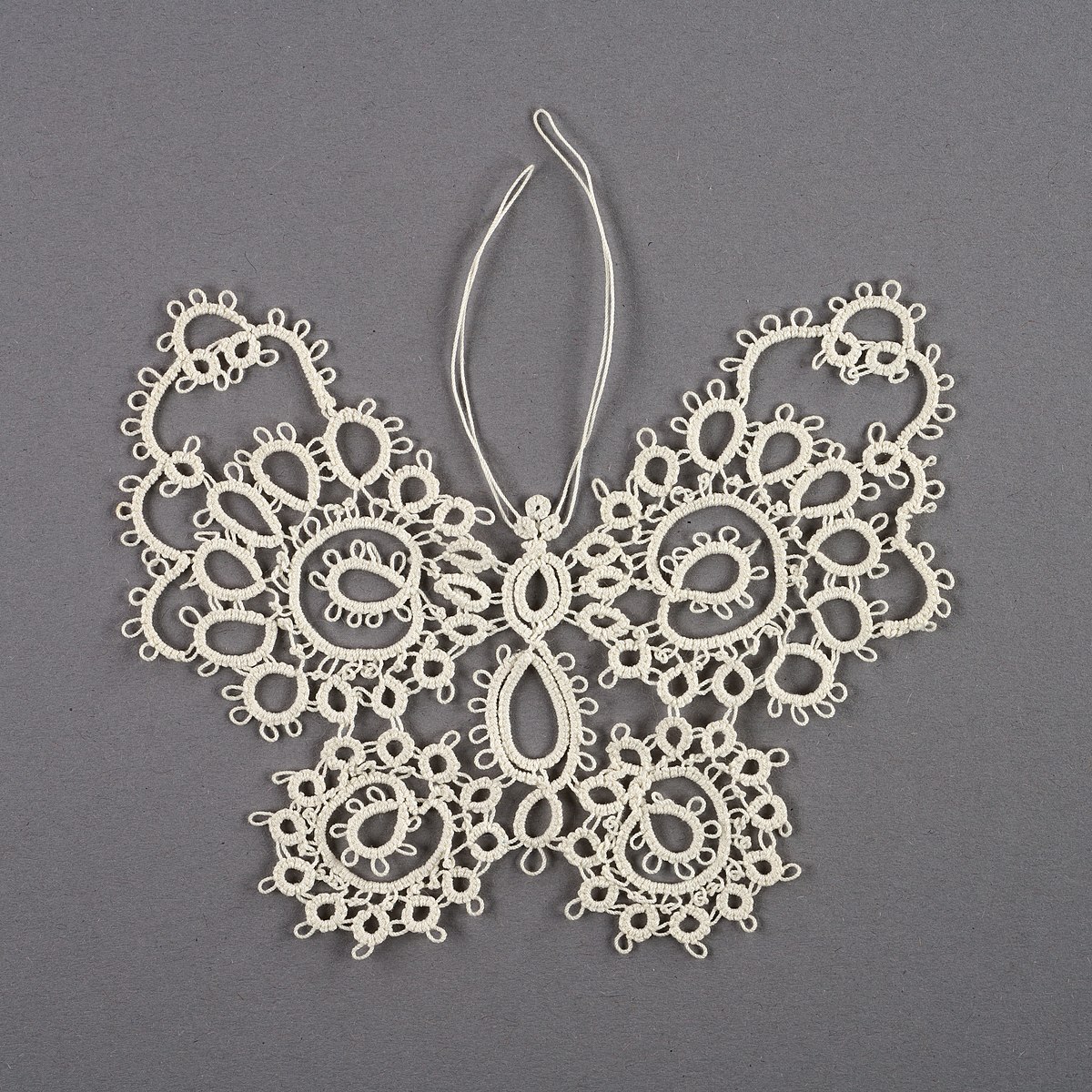LivinLarge
Well-Known Member
- Joined
- Oct 16, 2016
- Messages
- 720
- Reactions
- 612
- Age
- 76
I think pixel shifting refers to taking multiple exposures and moving the sensor, then combining the exposures for a higher resolution/more accurate color result.

 en.wikipedia.org
That's certainly not what's happening here.
en.wikipedia.org
That's certainly not what's happening here.
The image hitting the sensor is already blurred by diffraction as the Airy disk is 4 times the size of the sensor elements. There may also be an Anti-Aliasing filter. So they must be doing some sharpening and also noise reduction. Other than that, I have no knowledge of their actual algorithm for demosaicing.
My examples were intended to show what the sensor sees in each mode compared to a real 48 Mp Bayer sensor and some simple methods of trying to reconstruct the original image from that data.
Here is another example showing a 12 Mp Bayer (enlarged) compared to a 48 Mp Quad Bayer compared to a real 48 Mp Bayer. It is obvious that the 48 Mp Quad Bayer resolves more than the enlarged 12 Mp Bayer but falls short of a real 48 Mp Bayer.which is consistent with what I see in the samples from the Air 2.

Pixel shift - Wikipedia
The image hitting the sensor is already blurred by diffraction as the Airy disk is 4 times the size of the sensor elements. There may also be an Anti-Aliasing filter. So they must be doing some sharpening and also noise reduction. Other than that, I have no knowledge of their actual algorithm for demosaicing.
My examples were intended to show what the sensor sees in each mode compared to a real 48 Mp Bayer sensor and some simple methods of trying to reconstruct the original image from that data.
Here is another example showing a 12 Mp Bayer (enlarged) compared to a 48 Mp Quad Bayer compared to a real 48 Mp Bayer. It is obvious that the 48 Mp Quad Bayer resolves more than the enlarged 12 Mp Bayer but falls short of a real 48 Mp Bayer.which is consistent with what I see in the samples from the Air 2.









